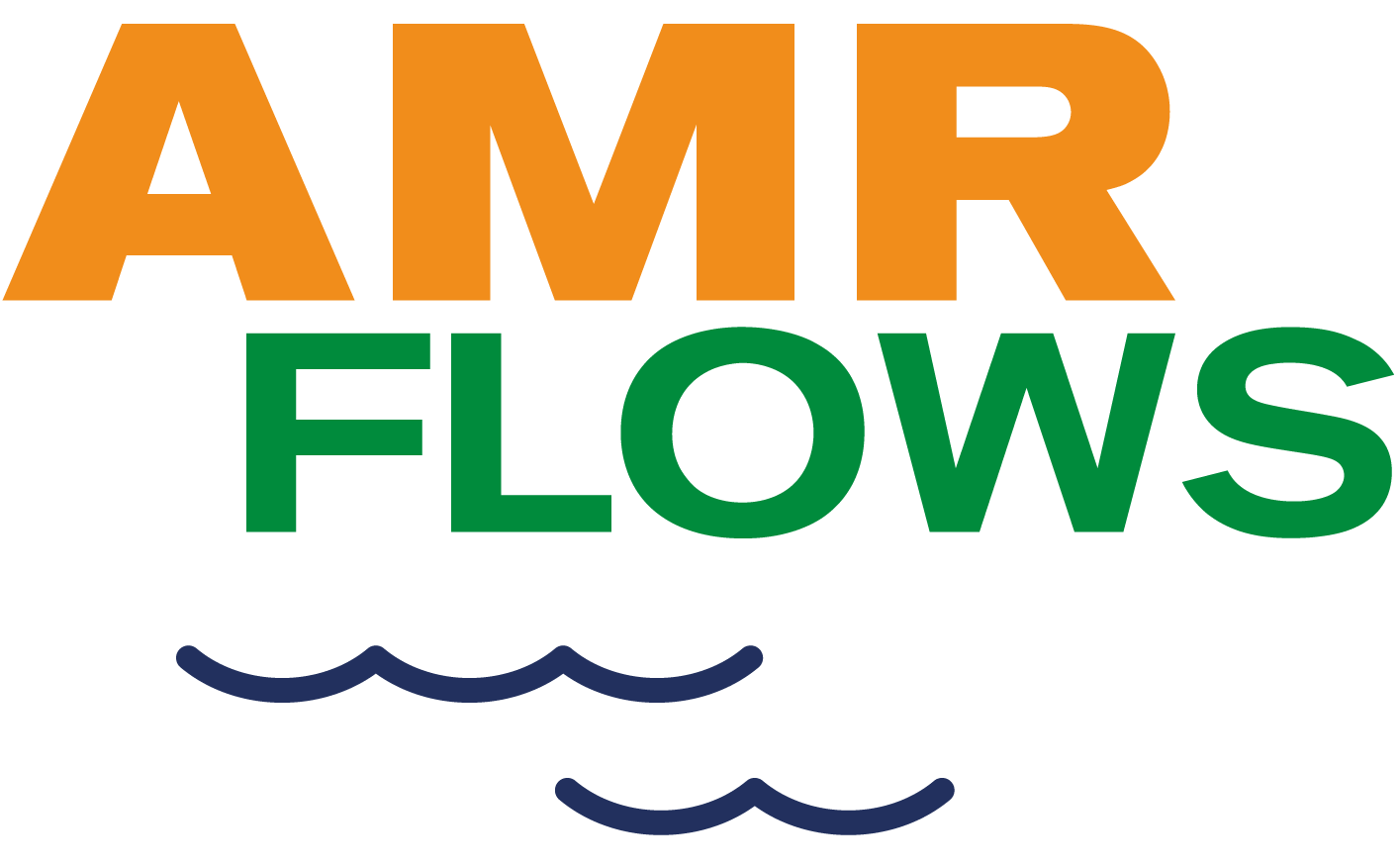
Summary of the motivation and aims of our research project
Various antibiotics are released into rivers from manufacturing sites. However, the antibiotics will be diluted while being transported downstream, and some will be quickly degraded, and resistant bacteria may not survive.
We will answer questions such as:
a) How long is resistance selected and how long does it survive?
b) Is resistance transmitted to other bacteria before it is lost?
c) How far are resistant bacteria transported?
d) What is the exposure of humans or livestock?
In order to ask these questions, we will pursue a unique combined experimental and mathematical modelling programme including the following work packages:
(1) Measure antibiotics, water quality, water levels and flow rates, water sediment exchange, antibiotic resistance genes and antibiotic-resistant bacteria.
(2) Quantify transmission of resistance genes in bench-scale reactors.
(3) Study selection in river samples in mesocosms.
(4) Study the risk of infection by resistant bacteria.
(5) Build and test a mathematical model of antimicrobial resistance.
(6) Build and test a mathematical model of water flow for the river network.
(7) Combine both models so we can track how resistance is spread long the chemicals and bacteria have been in the river water, sediments and floodplains and how far they spread to downstream populations and ecosystems.
(8) The combined model can evaluate the benefits of various interventions.
(9) Analyse the human health risks based on the predictions of the combined model, contributing to the development of international environmental standards.
We will study two river systems. The Musi (Hyderabad) is more polluted with antibiotics than the Adyar (Chennai). Both are polluted by sewage. Their pollution flows to people via irrigation, drinking water production and spiritual cleansing.
Flow of research
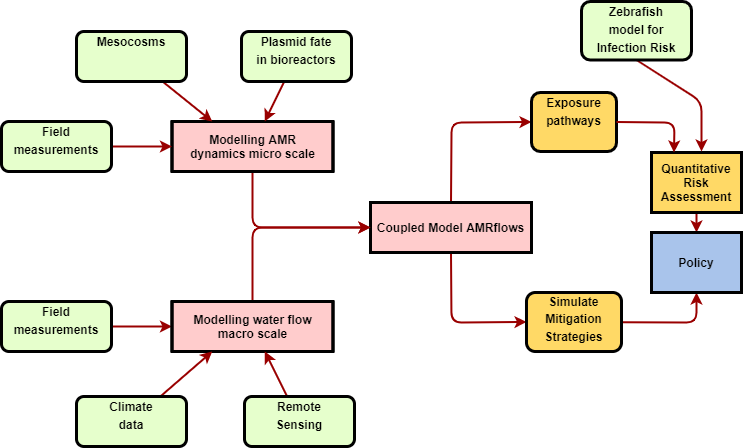
Meet our team of experts – see page “Our Team” for more
As a team we cover a wide range of disciplines such as microbiology, toxicology, environmental engineering, hydrology, bioinformatics, mathematical modelling and risk analysis. We are brought together by our common goal to understand and mitigate the selection and transmission of antimicrobial resistance in the environment.
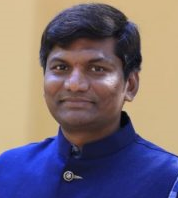
Shashidhar Thatikonda
PI – India
Shashidhar researches the fate and transport of pollutants and AMR
Professor, Department of Civil Engineering, Indian Institute of Technology Hyderabad (IITH), India
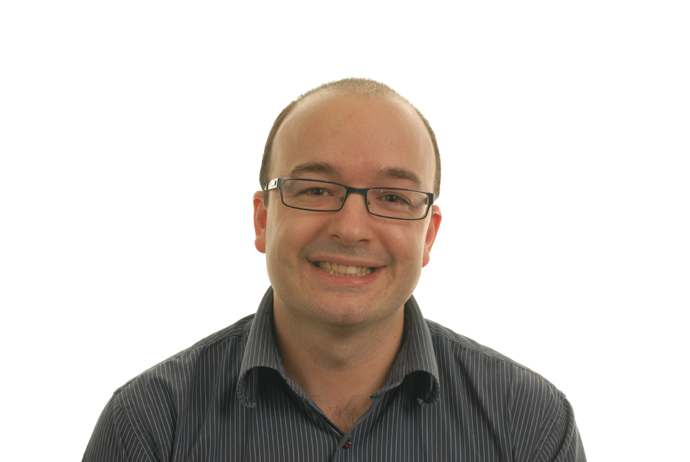
Rupert Hough
Co-I – UK
Rupert uses risk-based methods to aid decision making and management of specific problems
Head of Department, Information & Computational Sciences, The James Hutton Institute, Aberdeen & Dundee, Scotland UK
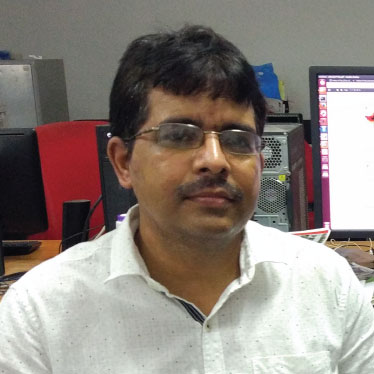
Vimal Mishra
Co-I – India
Vimal studies the nexus of climate and water (climate variability and change,
large scale hydrologic modeling,
extreme events including droughts and floods)
Associate Professor, Civil Engineering and Earth Sciences Departments, Indian Institute of Technology Gandhinagar (IITGn), India
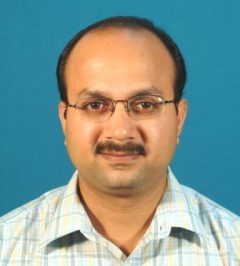
Balaji Narasimhan
Co-I – India
Balaji uses GIS, radar and satellite sensing for hydrologic and hydraulic modelling, e.g., for flood and draught assessment and forecasting
Professor, Environmental & Water Resources Engineering Division, Department of Civil Engineering, Indian Institute of Technology Madras (IITM), India
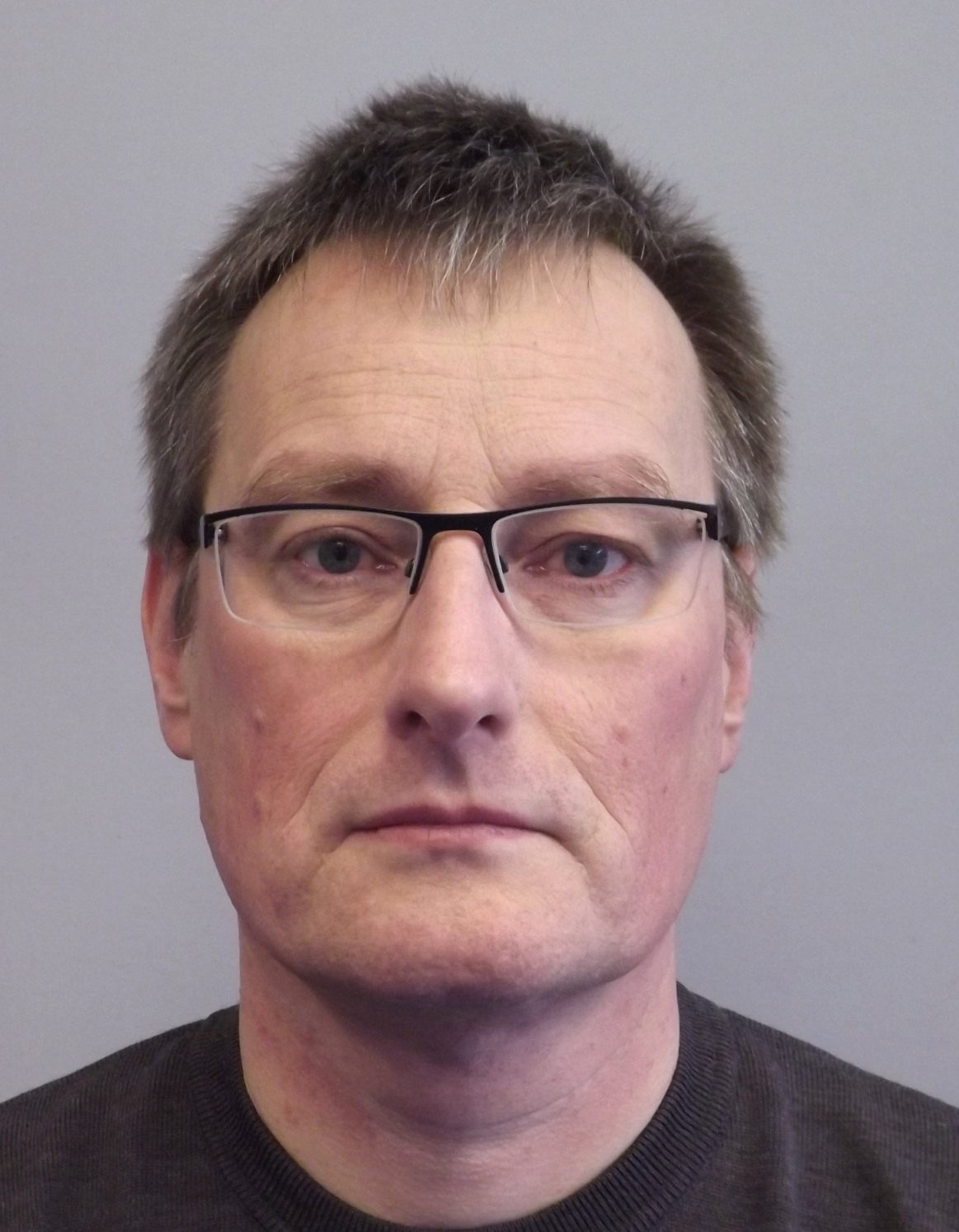
Jan-Ulrich Kreft
PI – UK
Jan is a microbiologist turned mathematical modeller studying interactions between microbes and the environment
Senior Lecturer (Associate Professor), School of Biosciences & Institute of Microbiology and Infection & Centre for Computational Biology, The University of Birmingham, UK
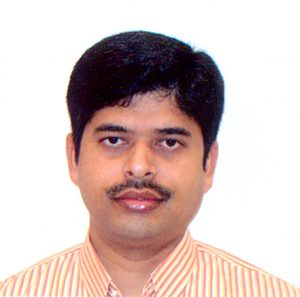
Soumendra Nath Kuiry
Co-I – India
Soumendra studies open channel flow (river flow, sediment transport, wave propagation, dam break flow, coastal and estuarine flow) computationally and experimentally
Assistant Professor, Environmental & Water Resources Engineering Division, Department of Civil Engineering, Indian Institute of Technology Madras (IITM), India
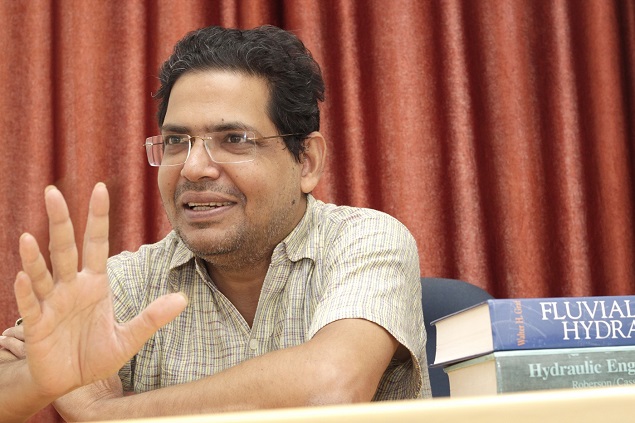
Pranab Kumar Mohapatra
Co-I – India
Pranap researches hydraulics and water resources engineering, particularly transients in pipe and open channel flows
Professor, Civil Engineering and Earth Sciences Departments, Indian Institute of Technology Gandhinagar (IITGn), India
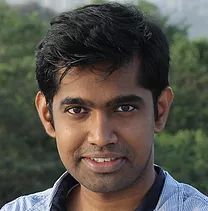
Aravind Kumar Rengan
Co-I – India
Aravind studies the synthesis and use of various nanoparticles in healthcare and toxicology using in vitro and in vivo models
Assistant Professor, Department of Bio-Medical Engineering, Indian Institute of Technology Hyderabad (IITH), India
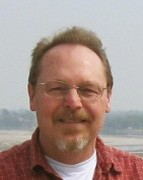
David Graham
Co-I – UK
David combines methods from engineering, theoretical ecology, mathematics, biochemistry, and molecular biology to solve problems in environmental engineering at a fundamental level
Professor of Ecosystems Engineering, School of Engineering, Newcastle University, UK
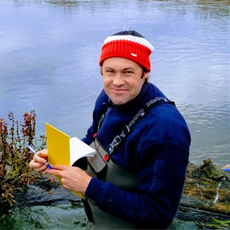
Joshua Larsen
Co-I – UK
Josh researches all things water (hydrology, ecohydrology, biogeochemistry, water quality and palaeohydrology)
Senior Lecturer (Associate Professor), School of Geography, Earth and Environmental Sciences, The University of Birmingham, UK
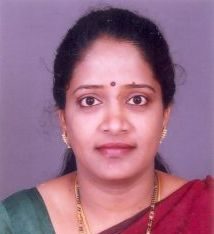
Indumathi M Nambi
Co-I – India
Indu researches the treatment of water and wastewater and remediation of environmental pollution with metals, pesticides, antibiotics and antimicrobial resistance
Professor, Environmental & Water Resources Engineering Division, Department of Civil Engineering, Indian Institute of Technology Madras (IITM), India
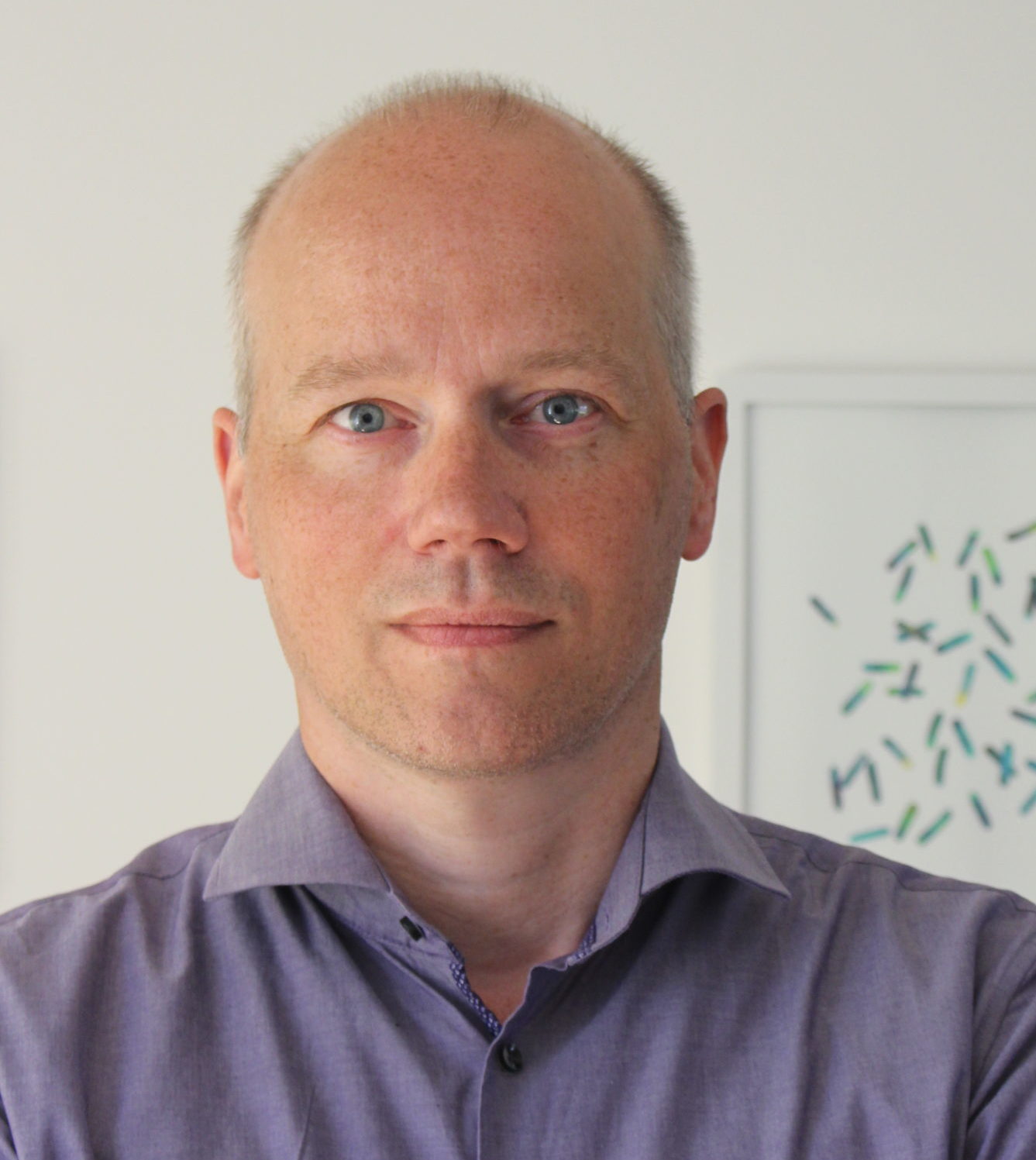
Willem van Schaik
Co-I – UK
Willem characterizes the mechanisms by which commensal bacteria evolve to become multi-drug resistant opportunistic pathogens and analyses the reservoir of antibiotic resistance genes (‘the resistome’) in complex microbial ecosystems
Professor, Director of the Institute of Microbiology and Infection, The University of Birmingham, UK
We are grateful to our funders in the UK and in India
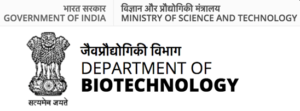
DBT logo 
NERC logo 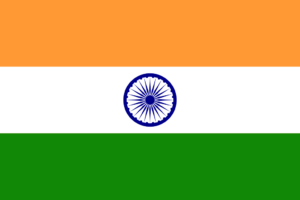
Flag of India 
Union Jack
